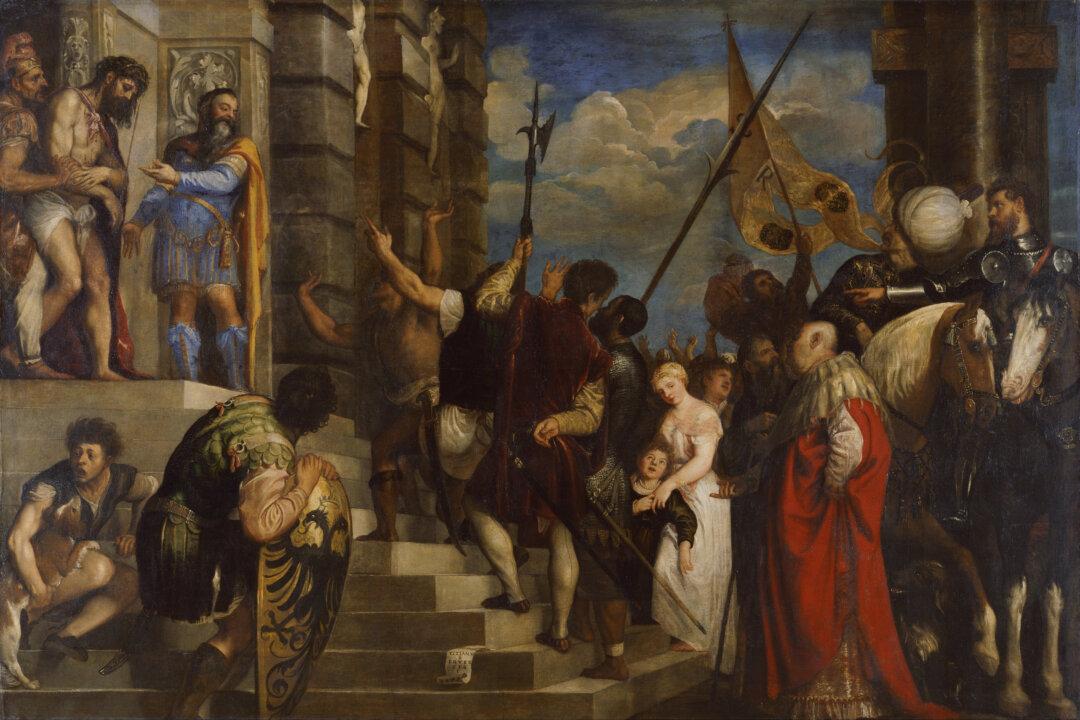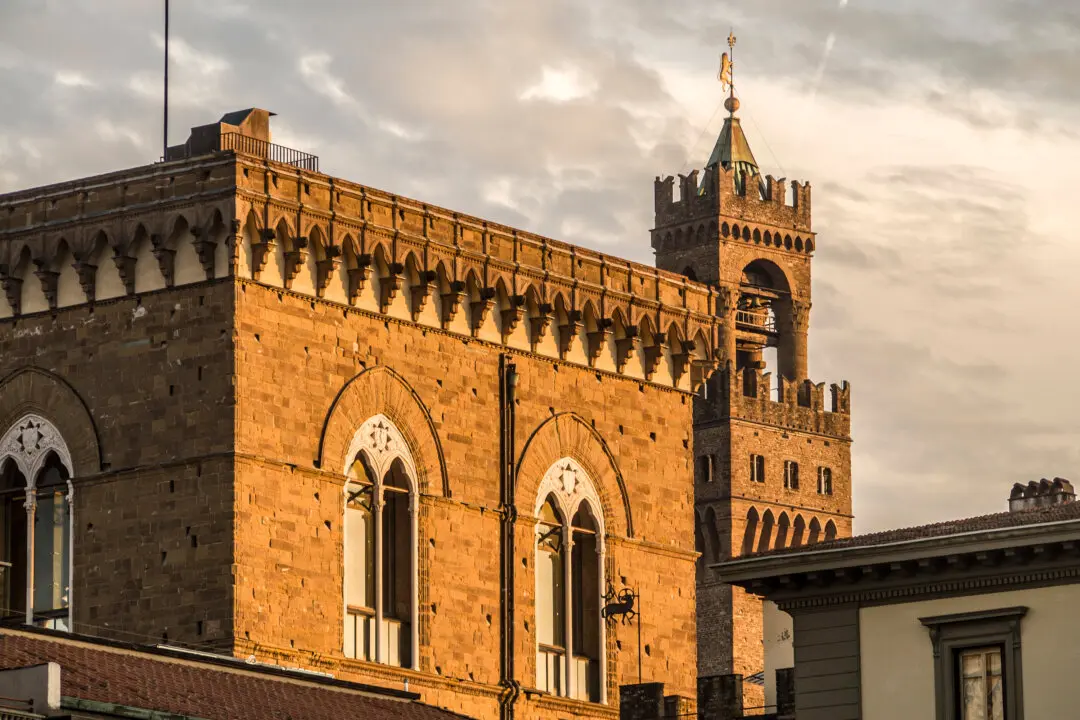During the early Renaissance, Ecce Homo became a popular theme in Christian art—particularly by Dutch masters. Usually translated as “Behold (ecce) the Man (homo),” it’s the standard term for artistic depictions of Christ being presented to his accusers after he has been scourged and crowned with thorns. Latin has a more nuanced connotation. Speaking precisely, “homo” translates as adult male. But it can also emphasize ordinariness.
The scene where Christ’s death was demanded by a hostile crowd (Luke 23:13–25; John 19:13–16) was rarely painted by Italian artists before the 17th century. In 1543, Venetian Renaissance painter Titian (circa 1488–1576) composed an early interpretation of the scene for the Flemish merchant Giovanni d’Anna, which explains the unusual subject choice for the Italian artist.





